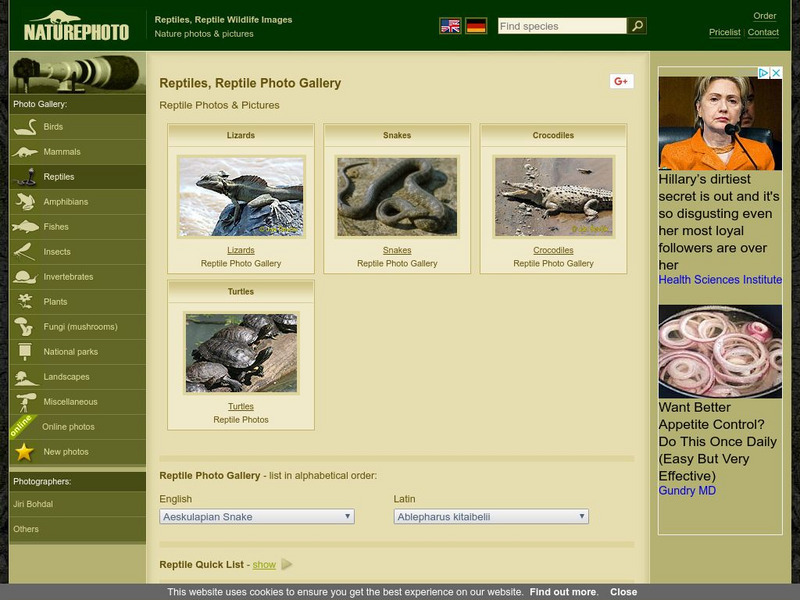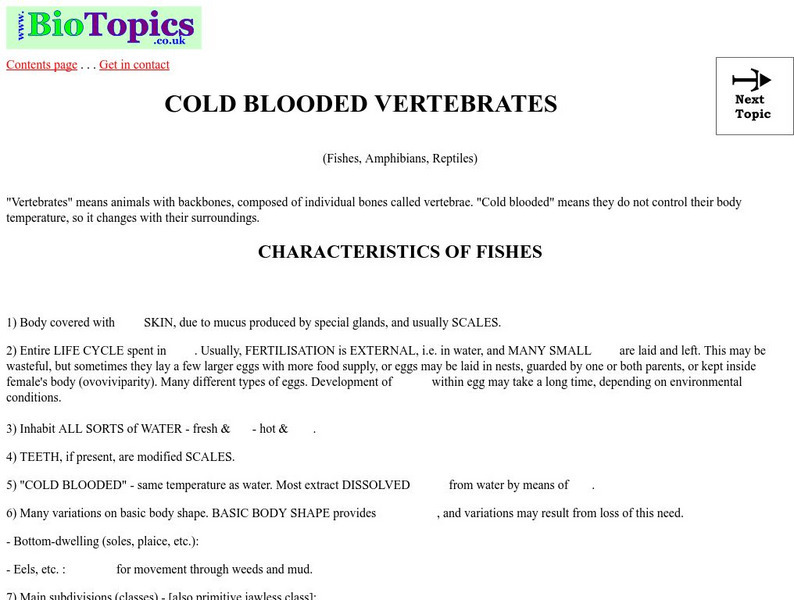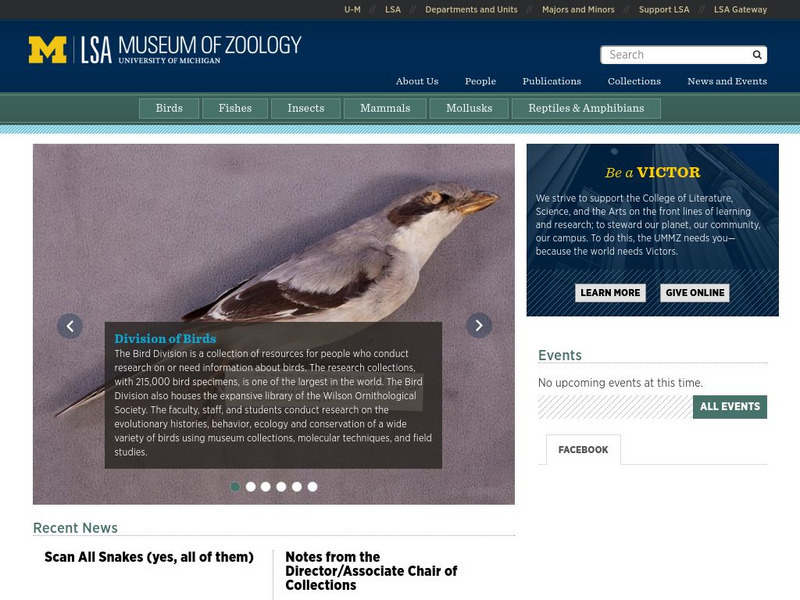Hi, what do you want to do?
Curated OER
Make Way for Wild Migrants
Students discuss the threats facing migratory species and track the seasonal journeys of wildlife in real space and in cyberspace. Once they have gathered information from several sources, they create a portfolio to share with others...
Curated OER
Not Just For A Baby's Bottom
Eighth graders investigate the presence of talc in the geologic record. The different characteristics of talc is covered. The lesson plan includes background information for the teacher.
Curated OER
Birds of Wisconsin
First graders explore the job done by ornithologists. They role play identifying the characteristics that make a bird a bird. They discuss what makes each bird species unique. Students are introduced to Wisconsin's most common and rare...
Curated OER
Super Scientists Code
In this science worksheet, students use the key code on the right to unscramble each of the scientists. They also match each of the scientists found to their correct description.
Curated OER
Oddball Out: Animals
For this problem solving worksheet, students analyze a row of pictures
of various animals to determine which creature is different from
the others pictured.
Curated OER
Oddball Out: Animals
For this problem solving worksheet, students analyze a row of pictures of various animals to determine which creature is different from the others pictured.
Natural History Museum
Natural History Museum: Reptiles, Amphibians and Fishes
This online exhibit from the Natural History Museum branches out in many fields to cover the broad topics of reptiles, amphibians and fishes. Thirteen subtopics are provided including several videos and informative articles.
University of Florida
Florida Museum of Natural History: Animals 1: Fur, Fins, Feathers, and More
This teacher's guide focuses on familiar animals such as mammals, birds, reptiles, amphibians, and fish.
Smithsonian Institution
Smithsonian National Zoo
Here is the National Zoological Park right at our fingertips. Students will find many things to explore at this colorful and engaging site. Any study of animals will have a successful start here. Chances are students can catch their...
CK-12 Foundation
Ck 12: Third Grade Science: Life Sci: Animal Characteristics and Classification
[Free Registration/Login may be required to access all resource tools.] Presents an overview of the major animals groups (mammals, birds, reptiles, amphibians, fish, arthropods, vertebrates, invertebrates, those having live births and...
Canadian Wildlife Federation
Hinterland Who's Who: Atlantic Whitefish
Get the facts about the Atlantic whitefish. Besides finding a detailed description of this fish that is unique to Canada, you?ll also learn about some of its unique facts and characteristics. Also included in this Fish and Mollusc Fact...
Canadian Wildlife Federation
Hinterland Who's Who: Coho Salmon
Get the facts about coho salmon. Besides finding a detailed description of this fish that calls the Interior Fraser River watershed home, you?ll also learn about some of its unique facts and characteristics. Also included in this Fish...
Other
Florida Department of Environmental Protection: Life in a Spring
Learn all about the diverse species that live in the Florida Springs. Separate sections for fish, reptiles and amphibians, birds and mammals, insects and invertebrates, and plants.
Other
Science4 Us: Animals
In online and offline activities, students broaden their understanding of animals by learning to identify and classify animals into six categories: mammals, birds, fish, amphibians, reptiles, and invertebrates.
Bio Topics
Bio Topics: Cold Blooded Vertebrates
A activity regarding cold blooded vertebrates, including fishes, reptiles and amphibians.
Utah Education Network
Uen: Science Vocabulary Game
Fourth graders will play a review memory game with Utah's Grade 4 Science Standard V vocabulary words during this lesson. Words associated with living things and classifications of living things are included in this lesson.
Environmental Education for Kids
Eek!: Environmental Education for Kids
This site provides illustrations, descriptions, and species of amphibians, birds, fish, insects, invertebrates, mammals, reptiles, and endangered species.
ClassFlow
Class Flow: Animal Classification
[Free Registration/Login Required] This interactive flipchart examines characteristics of each animal family (mammals, birds, reptiles, amphibians, and fish) It contains an assessment at the end which can be used with Activotes.
Ducksters
Ducksters: Animals for Kids
Kids learn about animals including birds, reptiles, amphibians, mammals, and fish. Endangered animals for teachers.
University of Florida
Florida Museum of Natural History: Homepage
This site from the Florida Museum of Natural History gives the current events, information about the museum, exhibits and public programs, research and collections, links, etc. to the Florida Museum of Natural History.
University of Michigan
University of Michigan: Museum of Zoology
See the Museum of Zoology where visitors can explore the museum's resources.
E-learning for Kids
E Learning for Kids: Science: Caribbean Sea: How Can We Classify Animals?
Welcome to Hideaway Island where five pirates need to find crews for their ships. Join in and learn about animals with backbones.
University of Southern California
Structure of Matter: Animals
A slide show that demonstrates the development of physical structure in the animal world, moving from sponges through mammals.


























